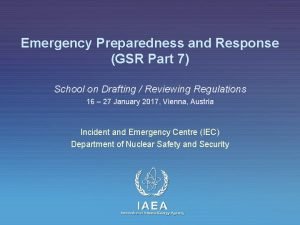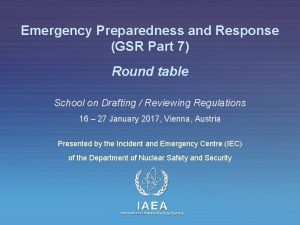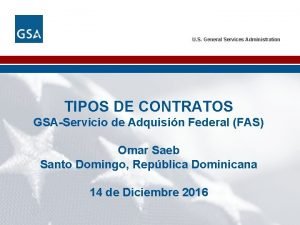Teaching Philosophy Statements GSR 989 Philosophy and Practice




- Slides: 4

Teaching Philosophy Statements GSR 989: Philosophy and Practice of University Teaching

Rubric to Assess Philosophy Statements 1. Goals for student learning (beliefs, values) 2. Enactment of goals (teaching practice; what do you do, e. g. strategies, examples, evidence) 3. Assessment of goals (e. g. student or peer feedback; self-reflection) 4. Creating an inclusive learning environment 5. Structure, rhetoric, and language From O’Neal, C. , Meizlish, D. , and Kaplan, M. 2007. Writing a statement of teaching philosophy for the academic job search (pp. 3). CRLT Occasional Paper No. 23, Center for Research on Learning and Teaching, The University of Michigan.

Criteria of “Good Statements” • Uses rich, illustrative examples • Offers evidence that demonstrates effectiveness • Has a clearly defined structure and thesis statement (i. e. My teaching approach is innovative or effective because… & My approach is effective as evidenced by…) • Convey reflectiveness • Communicate that teaching and students are valued Modified after O’Neal, C. , Meizlish, D. , and Kaplan, M. 2007. Writing a statement of teaching philosophy for the academic job search (pp. 3). CRLT Occasional Paper No. 23, Center for Research on Learning and Teaching, The University of Michigan.

Activity 1. 2. Read over the example philosophy statements provided. Using the following color scheme, highlight the portions of the philosophy statement that relate to the criteria below: – Goals, beliefs, values (highlight: pink or red) – Enactment/practice (e. g. teaching strategies, description of what one does) (green) – Assessment of goals (e. g. evidence such as student or peer feedback) (blue) – Structure, rhetoric, and language (yellow) 3. Answer the following questions for each example: Were there enough illustrative examples to support thesis statement? Was there a thesis statement? Was there evidence to support thesis statement?







